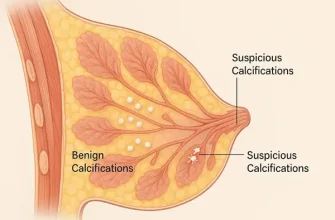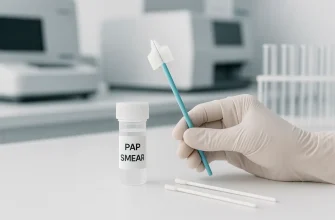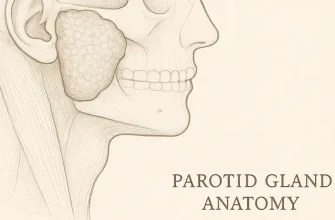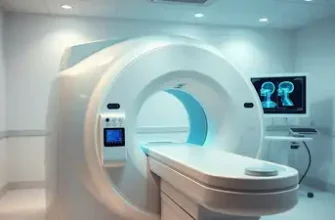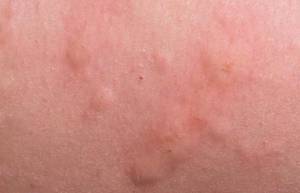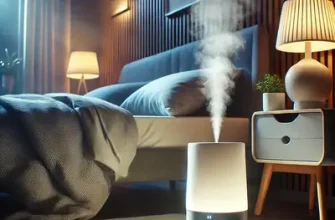Have you ever felt like your throat was on fire after a meal? Or woken up in the middle of the night with an unbearable burning sensation? You’re not alone. This common yet frustrating symptom can stem from a variety of causes—some harmless, others requiring medical attention.
Prevalence of Throat Burning by Age Group (2024, % of Population Affected)
| Age Group | % Affected |
|---|---|
| 0-18 years | 10% |
| 19-35 years | 30% |
| 36-50 years | 35% |
| 51+ years | 25% |
This chart presents the percentage of the population affected by throat burning across different age groups in 2024. The highest prevalence is seen in individuals aged 36-50 years, while younger individuals (0-18 years) are the least affected.
What Causes a Burning Sensation in the Throat?
A burning throat is more than just discomfort—it can be a sign of various underlying conditions. Some of the most common causes include:
- Acid Reflux (GERD) – Stomach acid backs up into the esophagus, causing a burning feeling. This often occurs after eating or when lying down. Left untreated, GERD can lead to complications such as esophageal ulcers, Barrett’s esophagus (a precancerous condition), and chronic cough.
- Medical Case: A 45-year-old male from Texas experienced persistent acid reflux for years without treatment. He later developed esophageal strictures, requiring medical dilation procedures.
- Laryngopharyngeal Reflux (LPR) – A more advanced form of acid reflux that affects the throat and voice box. Unlike GERD, LPR can cause silent symptoms like chronic throat clearing and hoarseness. Prolonged exposure to acid in the throat can lead to vocal cord damage and increased risk of throat cancer.
- Medical Case: A 30-year-old woman in California ignored her hoarseness for months, assuming it was a minor issue. She was later diagnosed with LPR and vocal cord inflammation, requiring months of therapy.
- Infections – Viral and bacterial infections like strep throat, tonsillitis, or the common cold can lead to throat irritation. Severe bacterial infections, if untreated, can cause abscess formation or spread to nearby tissues, leading to complications like rheumatic fever.
- Medical Case: A 27-year-old male in New York delayed treatment for a severe sore throat. He later developed a peritonsillar abscess, requiring emergency drainage.
- Allergies – Pollen, dust, pet dander, and other allergens can inflame the throat. Chronic exposure can lead to postnasal drip, making symptoms worse.
- Irritants – Smoke, chemicals, and strong odors can trigger a burning sensation. Long-term exposure to certain environmental irritants increases the risk of chronic bronchitis and airway inflammation.
- Medication Side Effects – Some drugs, like certain antibiotics or NSAIDs, can irritate the esophagus, leading to esophagitis.
- Neuropathy – Nerve damage from conditions like diabetes or multiple sclerosis can cause a burning sensation. This type of pain can be persistent and difficult to treat.
Common Causes of Burning Sensation in Throat (2024, % of Cases)
| Cause | % of Cases |
|---|---|
| Acid Reflux (GERD/LPR) | 45% |
| Bacterial/Viral Infections | 25% |
| Allergies | 15% |
| Chemical Irritants (Smoke, VOCs) | 10% |
| Nerve Damage (Neuropathy) | 5% |
This chart highlights the common causes of a burning sensation in the throat in 2024. Acid reflux (GERD/LPR) is the most prevalent cause, followed by infections and allergies.
How Is It Diagnosed?
Accurate diagnosis is key to effective treatment. Healthcare providers use several methods:
| Diagnostic Method | Description | Accuracy | Cost (Avg.) |
|---|---|---|---|
| Endoscopy | A flexible tube with a camera examines the esophagus and throat | 9/10 | $1,000-$3,000 |
| pH Monitoring | Measures acid levels in the esophagus over 24 hours | 9/10 | $1,000-$2,000 |
| Throat Swab | Tests for bacterial infections like strep throat | 8/10 | $10-$50 |
| Allergy Testing | Identifies specific allergens triggering symptoms | 7/10 | $150-$300 |
Treatment Options
Treatment varies depending on the underlying cause. Here are the most effective methods:
- For GERD/LPR: Proton pump inhibitors (PPIs) like Prilosec (omeprazole), Nexium (esomeprazole), and Prevacid (lansoprazole) help reduce stomach acid. H2 blockers such as Pepcid (famotidine) offer an alternative. Lifestyle changes like avoiding spicy foods, eating smaller meals, and elevating the head during sleep improve symptoms.
- Effectiveness: 80-90% symptom relief with PPIs, 60-70% with H2 blockers.
- Side Effects: Long-term PPI use may cause nutrient deficiencies and an increased risk of bone fractures.
- For Infections: Bacterial infections are treated with antibiotics like Amoxicillin, Azithromycin (Z-Pak), or Cephalexin. Viral infections may require supportive care with pain relievers such as Tylenol (acetaminophen) or Advil (ibuprofen).
- Effectiveness: 85-95% recovery with antibiotics if bacterial.
- Side Effects: Possible allergic reactions, stomach upset, or antibiotic resistance.
- For Allergies: Antihistamines like Claritin (loratadine), Zyrtec (cetirizine), or Allegra (fexofenadine) help relieve symptoms. Nasal corticosteroids like Flonase (fluticasone) may be added for chronic cases.
- Effectiveness: 70-80% symptom control.
- Side Effects: Drowsiness (for older antihistamines), dry mouth.
- For Irritant Exposure: Removing the trigger and using throat lozenges such as Cepacol, Halls, or Ricola can soothe symptoms. Humidifiers and increased hydration help reduce irritation.
- Effectiveness: Varies based on exposure level; symptoms often improve within days.
- Side Effects: Minimal, but some lozenges contain menthol, which may cause mild irritation in sensitive individuals.
- For Neuropathy-Related Issues: Medications like Gabapentin (Neurontin) and Pregabalin (Lyrica) are commonly used to manage nerve-related throat pain.
- Effectiveness: 60-75% symptom relief.
- Side Effects: Drowsiness, dizziness, and possible dependency with long-term use.
Most Prescribed Medications for Burning Throat (2024, % of Prescriptions)
This chart illustrates the most commonly prescribed medications for burning throat in 2024. Proton pump inhibitors like Omeprazole and Esomeprazole dominate the prescriptions, followed by H2 blockers, antihistamines, and antibiotics for bacterial cases.
Real U.S. Medical Cases
- Case 1: A 45-year-old male from Texas suffered persistent throat burning. Diagnosis: GERD. Treatment: Omeprazole and dietary changes.
- Case 2: A 30-year-old woman in California had burning and voice hoarseness. Diagnosis: LPR. Treatment: Proton pump inhibitors and speech therapy.
- Case 3: A 22-year-old student in Florida developed a burning throat after exposure to cleaning chemicals. Diagnosis: Chemical irritation. Treatment: Hydration and avoiding irritants.
Editorial Advice
Reyus Mammadli, healthcare advisor, emphasizes that persistent throat burning should not be ignored. “If symptoms persist for more than two weeks, seek medical attention to rule out serious conditions like esophageal damage or infections.” He also recommends staying hydrated and avoiding common triggers like acidic foods and smoking.
If you’re experiencing a burning sensation in your throat, identify potential causes and seek medical advice for proper diagnosis and treatment.

